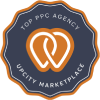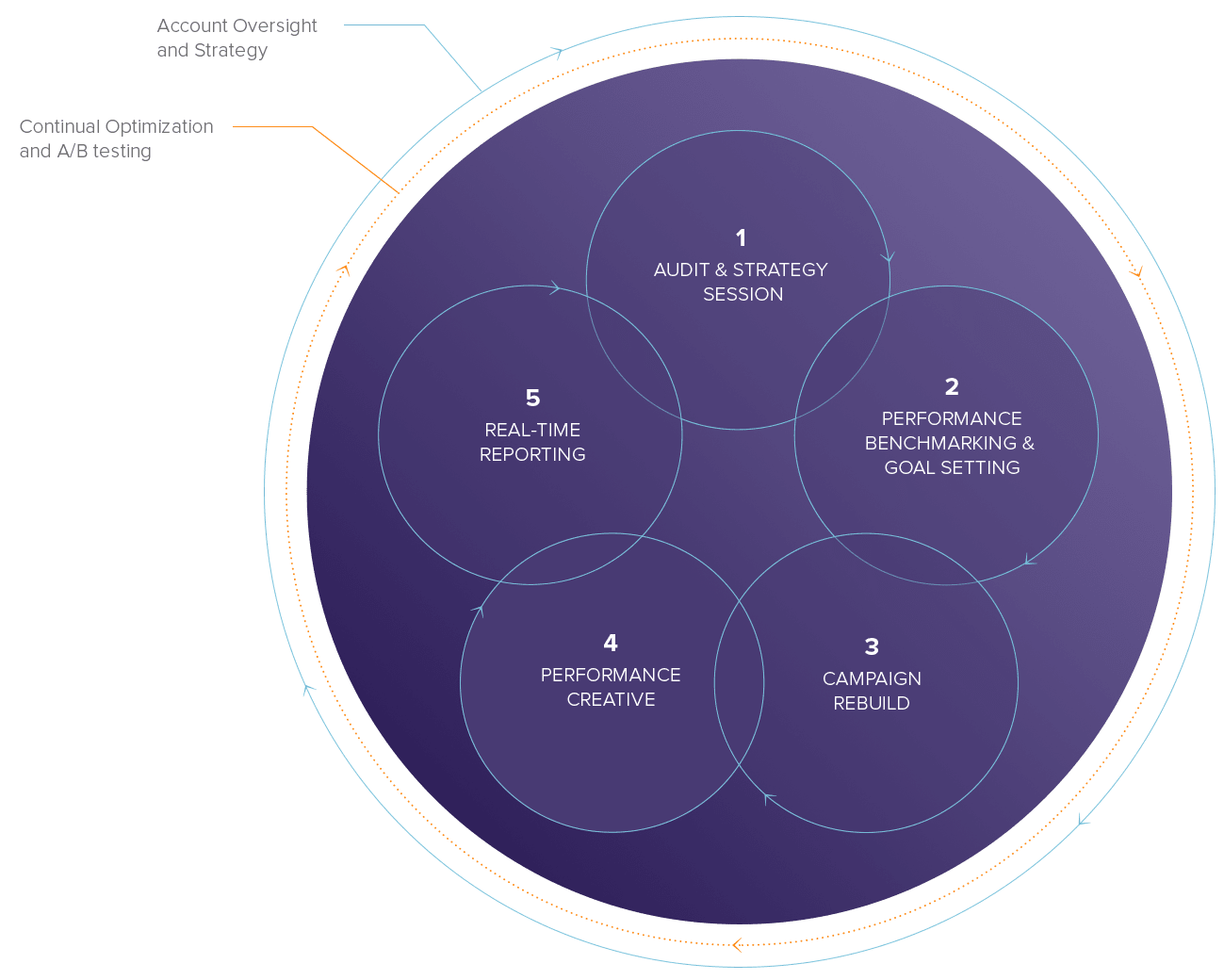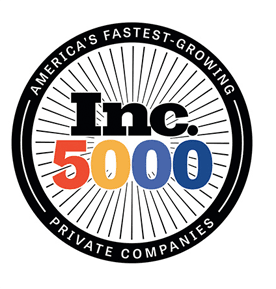Google Drops Sidebar Ads – What it Means for Small Business
Google just launched a major change in the layout of the Google search results page (SERP) that has the search community talking! This change is big and much has already been written about it. Here, I will attempt to summarize the change, in brief. I will explain why I think Google did it. And I will suggest what it means for you as an owner of a small business, and your AdWords strategy.
What is Different Now in Google Ads?
Before this change, Google Ads would appear at the top of the page in Google’s search results and in the right sidebar. There were usually up to 3 above the organic or natural search results and a few to the right (see Figure 1).

Figure 1: Google search results layout, before the change
Now, Google has pulled the right side bar ads. As seen in Figure 2 (below), there may still be “Google Shopping” ads for ecommerce searches. And there may be results from the Google Knowledge Graph and such, but no more text ads in that location.

Figure 2: Google Ads, after the change – no text ads in right sidebar
Instead, Google will now show up to 4 ads at the top of the page – rather than 3 — as in figure 2, and a few more at the bottom, with the organic results sandwiched between them.
Why Did Google Make This Change?
The most obvious explanation for this change is that pushing the organic results down by adding a 4th ad on top, will increase the likelihood of people clicking on the ads. Google’s revenue comes primarily from Ad clicks. Secondly, this layout, far cleaner for mobile devices, unifies Google’s ad platform across devices.
Not only will more people click on ads, but clicks will be more expensive. Until now, when you would specify a maximum cost per click (CPC) of, say, $1.00, you almost never actually paid $1.00, on average, for those clicks over time. It would nearly always be lower. Now, what this change means, we believe, is that the average CPC you actually pay will creep up. Instead of $0.86 on average, for example, it might go to $0.89. The ad’s average position might not be affected, but the amount Google gets will go up in small ways. Google generates far more revenue, but each advertiser would barely notice it.
Takeaway: What the New Google Search Layout Means for You

Figure 3: Ad Extensions
Companies with PPC programs relying on positions under 3 or 4 will need a strategy change and may find previously profitable programs not working anymore.
There will be more competition for high value keywords. And therefore, higher prices for PPC if you want to stay on the first page, and at the top as well.
We expect more pressure to increase brand campaigns. Brands will dominate the top spots and become increasingly competitive.
Raise CPC and CPA bids – There’s no way around it, bids for terms that are important to be on the first page need to be raised. But getting to page 1 is still not going to be advisable for every single keyword. Poorly-performing KWs will unnecessarily consume budget and waste opportunity.
Quality Score ratings will get tougher and more impactful. Google is looking for highest possible quality ads. Consider winnowing out losers even more than before.
If you have not yet leveraged Ad Extensions (Figure 3), now is the time. These will enable you to own even more prime real estate. Use structured snippets, callouts, sitelinks, call extensions, and any others that work for your data.
Of course you might also consider migrating more budget to Bing Ads.
What’s it Mean for SEO?
As mentioned above, both the 4th ad slot on top and Shopping ads in sidebar make organic results very low on the page for product queries.
On the other hand, effective SEO is more important than before, and also more competitive.
But remember, Google Ads depends on a high trust value in search results, both organic and paid. In fact, if Google were to present only paid ads, this would diminish the effectiveness of the ads and lose users’ trust. The better the organic results, the more money Google makes from the Paid ads. So, we can assume that Google has been A/B testing this new layout and that Google already knows that more people will click on these ads than before. At the same time, they rely on good organic results, as always. Traditionally about 25-30% of clicks are on the paid ads and 75-80% on the organic. Google may be flattening this out with this change, but SEO is not going away. As always, PPC and SEO work best when they work together.
Final Notes
Thanks to OpenMoves’ Search Specialists, Greg Difalco and Alex Swerdlow for their contributions to this post.
Call us if you have any questions or need help analyzing your strategy.












